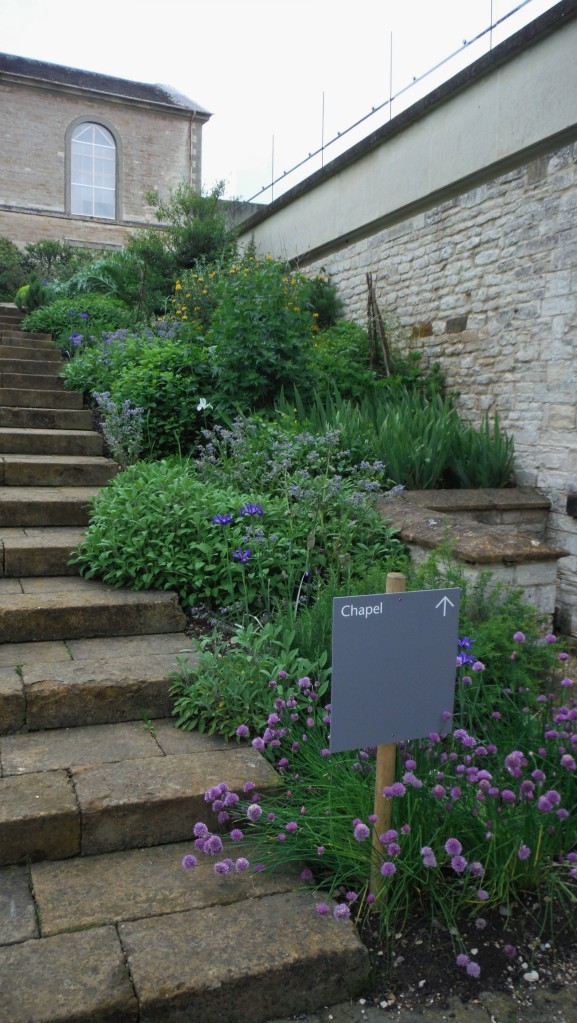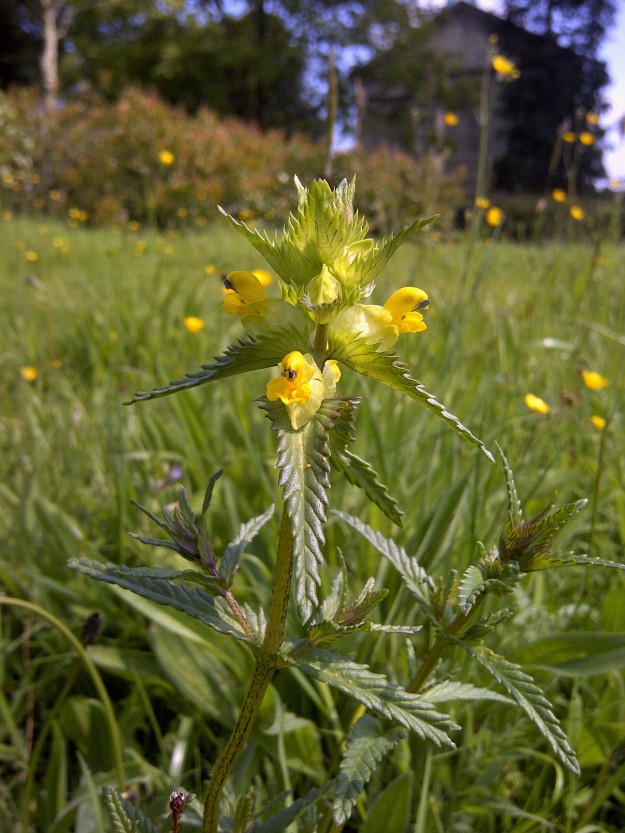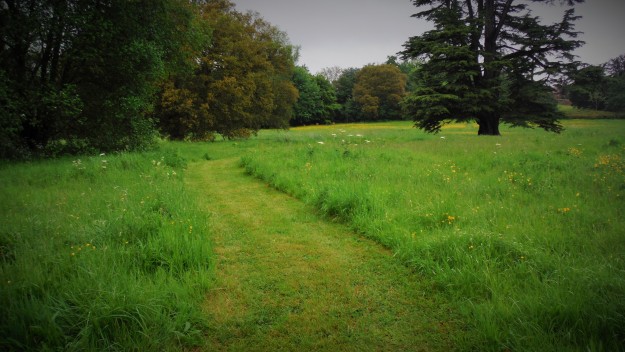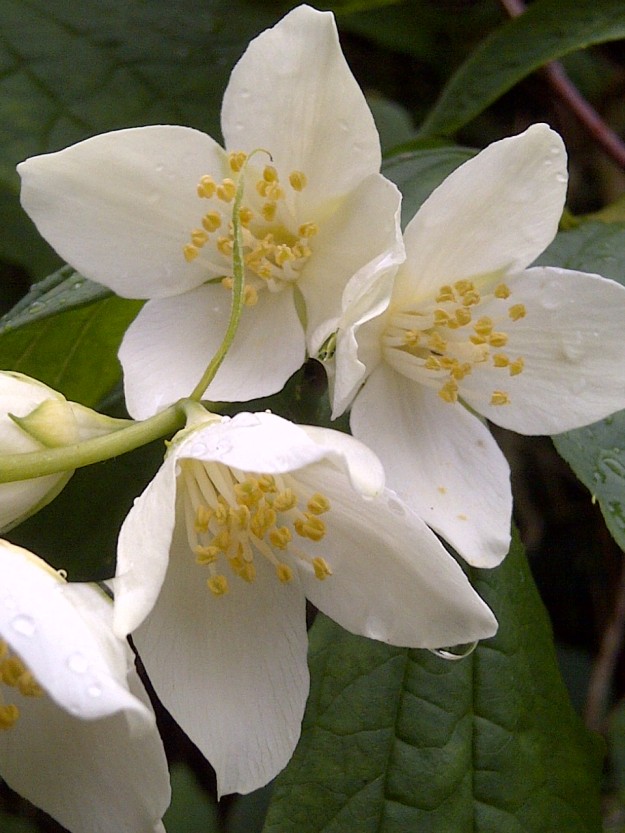May – The Landscape at Compton Verney
Welcome to this ‘May’ article, the fifth in a series of posts which aim to review, through photographs, twelve months of activity in and around the diverse landscape of Compton Verney. It’s a historic landscape that has seen much change, from the shaping of the areas as new plants establish to the visual delight gained from one of a number of artistic interactions.
There are huge changes in the atmosphere from the busiest of open days to quiet days when just bird song can be heard. Either way, visually the landscape changes minute by minute and it’s wonderful to be there to experience it – and on occasion capture an image or two!
Links to other months will be added at the bottom of the page, but for now, I hope you enjoy ‘May – The landscape at Compton Verney’ :
(Please excuse the extra flower images this month – it’s an extra floriferous time of year!)

Persian lilac flowering in the coppice and adding its delicious scent as a bonus. The vast majority of plants chosen to re-populate the coppice are either 18th-Century or native, not only adding colour, scent and texture, but also cover and food for a range of wildlife. © Compton Verney / Gary Webb 2014

Red campion (Silene dioica) thrives in the shady conditions of the coppice, and is a very welcome natural arrival there where its pink blooms stand proudly above the grass, calling out to passing bees. © Compton Verney / Gary Webb 2014

It may be known as the common fumitory (Fumaria officinalis) but this delicate plant has quite a history, being used as in herbal remedies since medieval times to treat a range of health complaints. This plant sits quietly amongst its neighbours with the middle pool in the background. © Compton Verney / Gary Webb 2014

The herb border continues to evolve into more of a mixed border, with the help of more time devoted by the growing team of volunteers. Occupying an awkward corner between the vast west lawn, the steps and the old kitchens, this is a place with some protection from the elements giving scope to play with foliage and flowers. © Compton Verney / Gary Webb 2014

The blues of the iris dance above clouds of sage and borage…. refreshing to say the least! © Compton Verney / Gary Webb 2014

With the help of a volunteer team through give & gain two years ago, I’m glad to say we have succeeded in establishing some yellow rattle amongst the grass of the west lawn. Although in 2014 we have over seeded a much wider area, this plant spearheads our attempt to improve the wild flower offering of this area, weakening in its progress the lush grass to make way for more rewarding and beneficial flowers. © Compton Verney / Gary Webb 2014

The brightest of yellow flag iris (Iris pseudacorus) still manages to hide itself, amongst its lush strappy foliage, but it’s always a treat to see these wonderful native flowers open; every bit as spectacular as foreign flowers considered more exotic! © Compton Verney / Gary Webb 2014

A break from the flowers for this image, which is a self-built den over at Compton Verney’s woodland play area. It’s great to see some of the structures being created from old offcuts of timber, and what a magical ‘natural’ experience it is for children (and adults) to enjoy – plus the nearby zip-wire of course! © Compton Verney / Gary Webb 2014

Many folks don’t go looking for the conker tree until autumn arrives, with the expected crop of conkers for the little ones to play with (they’re also great for keeping house spiders at bay!) Looking closer for this image however – how stunning are the flowers?! Almost a foot in height, and smothering the tree amongst exotic foliage from base to crown, these flower clusters are mind blowing! We’ve several mature horse chestnuts trees, including a small pink flowered form, so do look out for these in spring – one lovely tree right behind the willow tunnel! © Compton Verney / Gary Webb 2014

This mown path through the west lawn allows visitors to stroll amongst the wild flowers and mature trees. This informal approach will receive the Dan Pearson treatment on 2015 when it becomes a William Morris Meadow/parterre as part of the Arts and Crafts House exhibition. © Compton Verney / Gary Webb 2014

Mock Orange, (Philadelphus) is very well established in the coppice, filling the coppice each spring with a strong citrus aroma, especially on the more humid days. © Compton Verney / Gary Webb 2014
May 2014 brought the expected explosion of growth and colour and scent that we come to expect from certain areas at Compton Verney. The parkland, as pasture really shoots up, the coppice becomes an English jungle, with wild flowers wrestling for attention amongst dense evergreens – plus the occasional exotic flourish of course! I’m looking forward to May 5015 already!
Regards, Gary Webb, Head of Landscape & Garden at Compton Verney.
January – The Landscape at Compton Verney
February – The Landscape at Compton Verney
March – The Landscape at Compton Verney
April – The Landscape at Compton Verney
